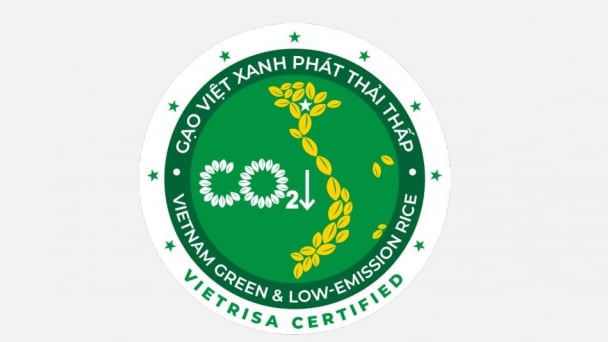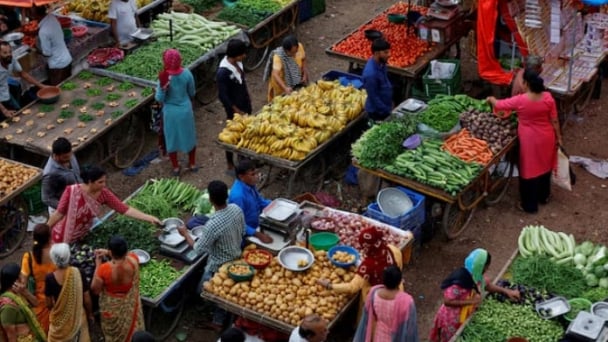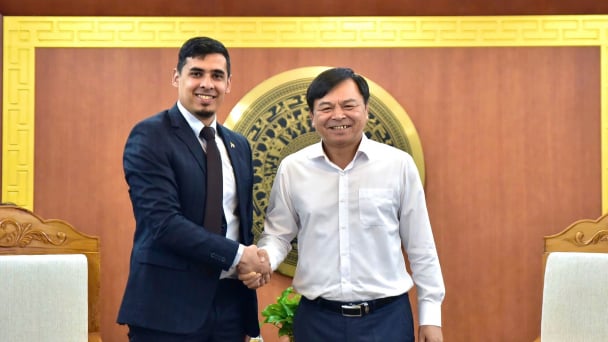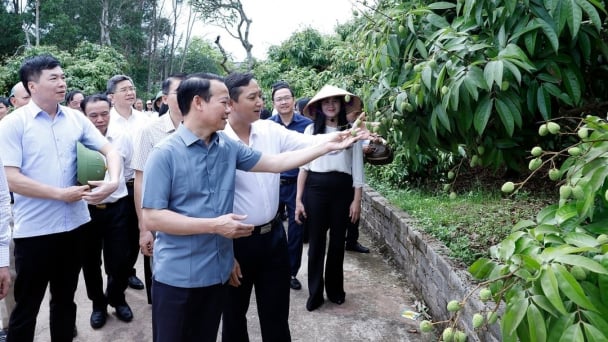May 14, 2025 | 19:06 GMT +7
May 14, 2025 | 19:06 GMT +7
Hotline: 0913.378.918
May 14, 2025 | 19:06 GMT +7
Hotline: 0913.378.918
The Department of Forestry organized a conference on the morning of December 7 to summarize the management of special-use forests and protection forests in 2023.
According to the Department of Forestry, Vietnam currently possesses 2.394 million hectares of special-use forests, including 167 sub-areas. On the other hand, protective forests covers an area of 5.512 million hectares nationwide, with forested land comprising 4.646 million hectares.
In 2023, the forest management and protection forces conducted over 99,800 patrols, inspections, and raids in local forests. Subsequently, they identified, seized, and addressed 892 cases of violations of the Law on Forestry. Most notably, 45 cases were handled through criminal proceedings, 689 through administrative measures, and 158 cases remain unresolved.
Additionally, competent authorities provided support to 1,212 villages in buffer zones with a total budget of over 51 billion Vietnamese dong. Afforestation efforts resulted in the planting of 1,465 hectares of special-use forests, marking an increase of 130% compared to 2022. However, protection forests saw a decrease of 5.7%, with a total of 3,485 hectares planted in 2023 compared to 2022.

Mr. Tran Quang Bao, Director of the Forestry Department, delivered remarks at the conference. Photo: Quang Yen.
Forest management boards have designated 26,340 hectares of land area for natural forest regeneration; and designated 2,159 hectares of land area for natural regeneration with additional planting. Regarding the payment of environmental service in forestry, 228 management boards for special-use forests and protection forests nationwide received funding for a total forest area of over 4.3 million hectares, which is equivalent to an budget of 1,663 billion Vietnamese dong.
Presently, special-use forests and protection forests constitute nearly 50% of the total forest area in Vietnam, with the major component being natural forests.
Special-use forests and protection forests represent the majority of crucial ecosystems on land, in the sea, and on flooded land. Furthermore, these forests have increasingly affirmed their vital roles and special positions in socio-economic development, environmental protection, adaptation to climate change, and ensuring national security.
The special-use forest and protection forest system has consistently received attention and investment from stakeholders, with practical results. Additionally, legal policies are gradually enhanced, and law enforcement is strengthened. Financial investments in the protection, conservation, and sustainable development of forest resources, as well as the expansion of ecotourism and forest environmental service payments, are improving the living standards of residents in buffer zones and rural mountainous areas.
Despite these achievements, the management of special-use forests and protection forests faces considerable challenges and issues. Illegal logging, trading, and transportation of forest products, as well as the illegal hunting of wildlife, continue to develop rapidly. Forest land encroachment are prevalent in a number of special-use forests and protection forests without effective solutions, thereby negatively impacting biodiversity conservation efforts and environmental security in these forests.

Conference participants viewing photographs of various types of wildlife in special-use forests and protection forests. Photo: Quang Yen.
The current levels of infrastructure and equipment for management boards are also limited. Investment policies for forest protection in special-use forests and protection forests failed to meet certain goals and tasks. Moreover, the exploitation and utilization of ecosystem services in forest ecology failed to meet expectations. Although a small number of management boards have implemented financial autonomy mechanisms, the majority rely entirely on the central budget.
The Department of Forestry sets the task of restoring 15% of the degraded ecosystem area by 2024. The Department aims to strengthen dissemination, forest protection, and biodiversity conservation efforts at the grassroots level. The directive includes continued guidance and support for management boards for special-use forests and protection forests, with regards to the utilization of SMART software, and the installation of camera traps for forest management and biodiversity monitoring. Additionally, criteria and monitoring indicators for forest resources and biodiversity will be further developed.
Mr. Tran Quang Bao, Director of the Forestry Department, stated that the conference was held during a pivotal year of the 2021-2025 plan. Additionally, it is also the third year of the Vietnam Forestry Development Strategy from 2021 to 2030, with a vision towards 2050. The conference served as a preparation activity for the implementation of the National Forestry Planning from 2021 to 2030, with a vision towards 2050, with a focus on deploying initiatives for a new phase.
According to Mr. Bao, this is an opportunity for stakeholders to assess their achievements, discuss current challenges, and formulate suitable solutions and innovative ideas to enhance the effectiveness of special-use forest and protection forest management in the near future.
Translated by Nguyen Hai Long

(VAN) The launch of the Vietnam green and low-emission rice brand is a positive signal for both businesses and farmers, marking readiness to reach new heights in the global market.

(VAN) The U.S. tariff will have a significant impact on Vietnam’s wood industry as well as the U.S. furniture market. A reasonable tariff rate would be beneficial for both sides.

(VAN) India's retail inflation remained below the central bank's 4% target for the third consecutive month as food prices rose at a slower pace, opening up room for more interest rate cuts.
![Multi-channel, multi-directional Vietnamese agricultural markets: [5] Safety is the key](https://t.ex-cdn.com/nongnghiepmoitruong.vn/608w/files/linhnhp/2025/05/13/trai-cay-viet-nam-170345_133-221148-0908330.jpg)
(VAN) The Middle Eastern market presents new opportunities for Vietnamese agricultural products, but safety in product quality, payment, and partnership relations is a fundamental principle.

(VAN) Vietnam's participation in the AGROALBA project helps open up broader investment opportunities for enterprises to access markets in the fields of agriculture.

(VAN) On May 13, Deputy Minister of Agriculture and Environment Phung Duc Tien held a meeting with Cuban Deputy Minister of the Food Industry Javier Francisco Agular Rodriguez.

(VAN) Agriculture and environment sector experienced a 3.74% increase in growth during the first four months of 2025, with exports surpassing 21 billion USD. This growth was sustained by effective reforms and a trade surplus.